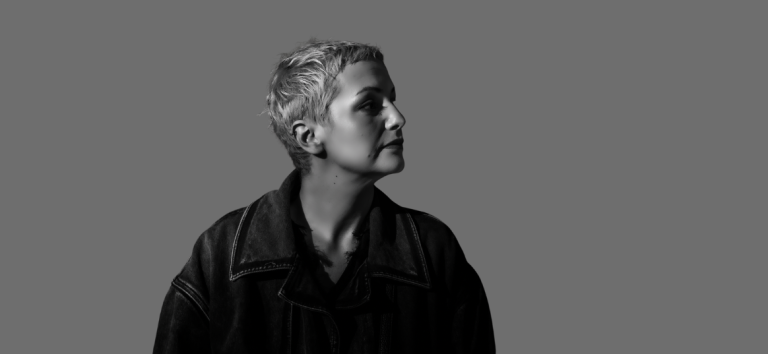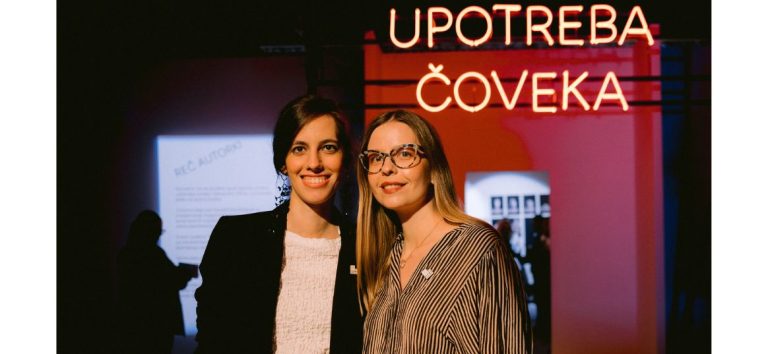How did you know that you wanted to become an architect?
Around the age of 16 or 17, I vaguely thought I wanted to become an architect, but I didn’t know what kind of work an architect actually did. When I was about 26 or 27, I participated in a trip to survey villages. Europe, Africa, Asia, Central America, South America, the Middle East. I saw many villages. I saw many homes. I strongly felt that I wanted to become an architect.
What attracts you the most when talking about architecture?
Living together. Eating together. Drinking together.
Where do you find inspiration when you create?
When I’m with my staff.
You won the Pritzker Architecture Prize in 2024. How did you feel when you found out you won the award, and what does that award mean to you?
I was very proud to learn that my entire design career since my youth was recognized. I also feel a great sense of responsibility that comes with receiving this award.
How has the Pritzker Prize influenced your work and approach to architecture? Has this prestigious title changed your way of thinking about architecture?
Since my past activities have been highly evaluated, I intend to continue my current approach in the future.
Your approach blends modern ideas with respect for cultural values. How do you balance contemporary architectural trends with the preservation of local traditions and characteristics?
I have always created architecture rooted in the traditions of local communities. I try to enhance the durability of such traditional architecture through the use of new materials and technologies developed from modern knowledge.
What are the biggest challenges you have faced throughout your career?
My challenge has always been the creation of communities. In places where communities have been destroyed, I aim for their recovery. In places where rich communities already exist, I enjoy the process of creating architecture together with the people who live there.
How do you envision the future of architecture in the coming decades, especially in the context of rapidly growing urban environments and global challenges?
In the future, the world will become a collection of “local community areas.” The challenge for architects will be to create architecture for the people within those “local community areas.
How important is it to preserve old architecture in this day and age?
Preserving old architecture is extremely important, even if it is a small building. This is because these buildings store the history of the past.
Can you describe the process you go through when creating a new architectural piece, from the initial concept to final realization?
The process is always different. Even I cannot predict what the process for the next building will be like.
In September you are coming to Novi Sad as a part of the Kaleidoscope of culture program. Kaleidoscope of Culture is a unique manifestation that celebrates five types of art during the five weeks of the program – architecture, literature, applied, performing and visual arts. What do you think of this concept?
I am very much looking forward to meeting the people of Novi Sad. I have a feeling that something new is about to begin.
What can the audience expect from your presence at the Kaleidoscope of culture? Which aspects of your work will be showcased at this year’s Kaleidoscope of Culture, and what are your expectations?
The people of Novi Sad are participants and witnesses to Europe’s 20th-century history. I am going to learn.
What are some of your expectations before coming to Novi Sad, Serbia?
Wine, food, landscapes, and low-income housing areas.
What is next in the life and career of Riken Yamamoto?
I don’t have any particular plans.
Photo: Tom Welsh for The Hyatt Foundation/Pritzker Architecture Prize








